Search results for: “digital”
-
Drone Delivery: the Energy Economics
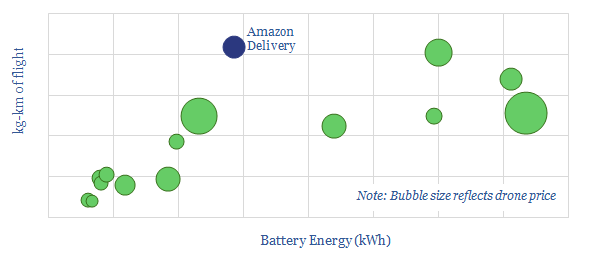
We have tabulated energy economics on 15 commercial drones and run the equations of flight on Amazon’s “Prime Air” solution. We conclude that drone delivery will use 90% less energy, 99% less cost and 90% lower carbon than is typical in current last-mile truck deliveries. Please download the model for all of the numbers.
-
Drones & droids: deliver us from e-commerce
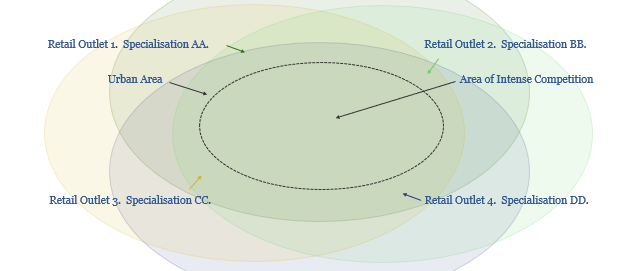
Small, autonomous, electric vehicles are emerging. They are game-changers: rapidly delivering online purchases to customers, creating vast new economic possibilities, but also driving the energy transition. Their ascent could eliminate 500MTpa of CO2, 3.5Mboed of fossil fuels and c$3trn pa of consumer spending across the OECD. The mechanism is a re-shaping of urban consumption habits,…
-
Super-Computers at Oil Majors?
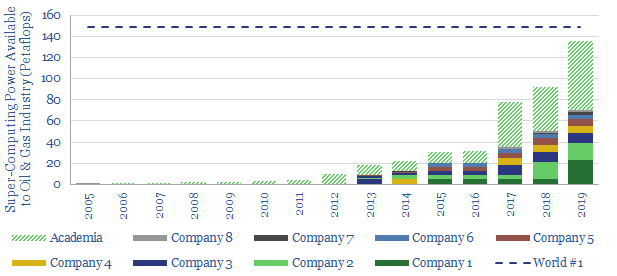
This data-file tabulates super-computing capacity possessed by leading companies in the energy industry. Computing capacity has risen 4x since 2016, and 70x since 2009. Main uses are seismic interpretation, reservoir modelling and for operational decision-making, which all increases efficiency. Leading companies are identified in the data-file.
-
Shell: the future of LNG plants?
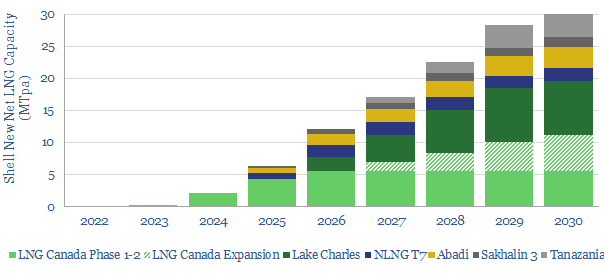
Shell is revolutionizing LNG project design, based on reviewing 40 of the company’s gas-focused patents from 2019. The innovations can lower LNG facilities’ capex by 70% and opex by 50%; conferring a $4bn NPV and 4% IRR advantage over industry standard greenfields. Smaller-scale LNG, modular LNG and highly digitized facilities are particularly abetted. This note…
-
Chevron: SuperMajor Shale in 2020?
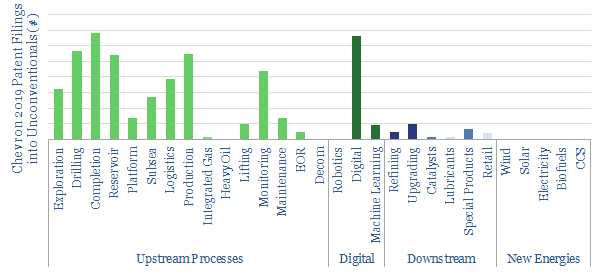
SuperMajors’ shale developments are assumed to differ from E&Ps’ mainly in their scale and access to capital. Access to superior technologies is rarely discussed. But new evidence is emerging. This note assesses 40 of Chevron’s shale patents from 2019, showing a vast array of data-driven technologies, to optimize every aspect of shale.
-
Fully subsea offshore projects: the economics?
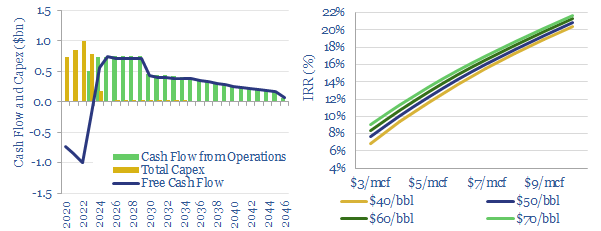
The model presents the economic impacts of developing a typical, 625Mboe offshore gas condensate field using a fully subsea solution, compared against installing a new production facility. The result is a c4% uplift in IRRs, a 50% uplift in NPV6 and a 33% reduction in the project’s gas-breakeven price. The economics are attractive.
-
Working remotely: the economics, the opportunity?
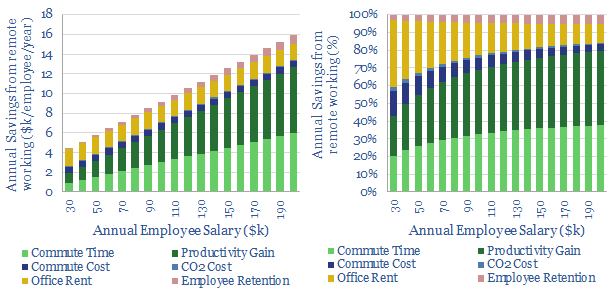
The economic benefits of working remotely are between $5-16k per employee per year, as modelled in shit data-file. Hence we quantify that remote work could step up to displace 30% of all commutes from a typical developed world economy by 2030. The conclusions are substantiated using US data.
-
The structural ascent of online retail?
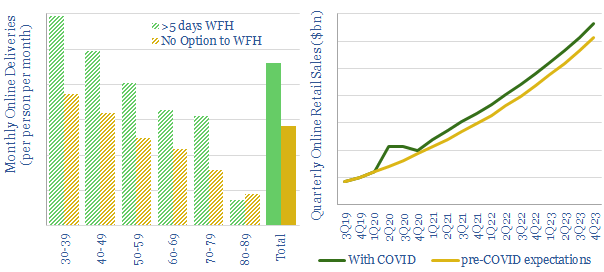
Online retail sales could structurally accelerate by c9% due to the COVID-19 crisis. A full breakdown of inputs and underlying data are included in this model. Individuals that work from home tend to make c63% more online retail purchases than in situ workers.
-
Fiber Optic Cables: Patents and Leading Companies?
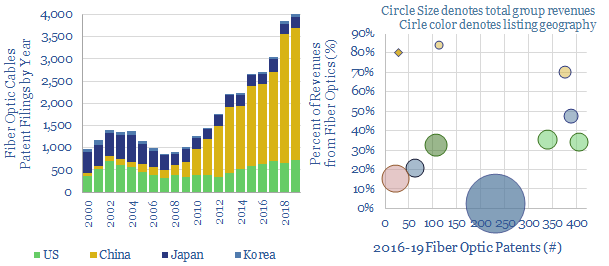
This data-file screens for the technology leaders in fiber-optic cables, which are crucial for the digitization of industries and the world’s structural shift towards remote-working, based on screening 37,000 patents. Revenues and market shares are summarized for the leaders.
-
Shale: Upgrade to Fiber?
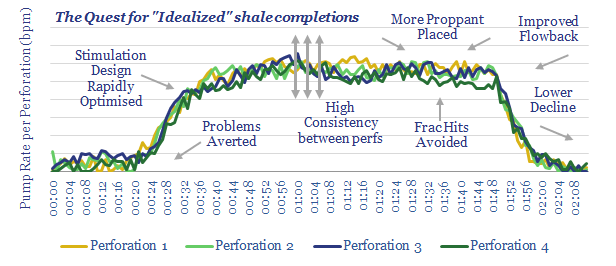
This note focuses on the most exciting new data methodology we have seen across the entire shale space: distributed acoustic sensing (DAS) using fiber-optic cables. It has now reached critical mass.
Content by Category
- Batteries (89)
- Biofuels (44)
- Carbon Intensity (49)
- CCS (63)
- CO2 Removals (9)
- Coal (38)
- Company Diligence (95)
- Data Models (840)
- Decarbonization (160)
- Demand (110)
- Digital (60)
- Downstream (44)
- Economic Model (205)
- Energy Efficiency (75)
- Hydrogen (63)
- Industry Data (279)
- LNG (48)
- Materials (82)
- Metals (80)
- Midstream (43)
- Natural Gas (149)
- Nature (76)
- Nuclear (23)
- Oil (164)
- Patents (38)
- Plastics (44)
- Power Grids (130)
- Renewables (149)
- Screen (117)
- Semiconductors (32)
- Shale (51)
- Solar (68)
- Supply-Demand (45)
- Vehicles (90)
- Wind (44)
- Written Research (355)